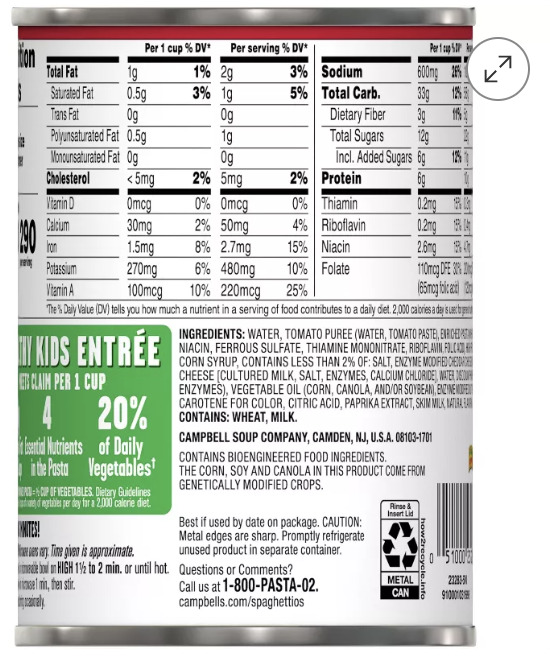While striving to inform consumers about employing genetic engineering techniques in food production through transparency, regulators opted for the phrase “bioengineered” over “GMO” to circumvent potential misconceptions and biases tied to the GMOs, with the ultimate objective remaining consistent communication of the application of gene modification during product development.In my opinion, whether this label serves its purpose effectively depends on several factors:
Consumer Understanding: The effectiveness of the label depends on whether consumers understand the term “bioengineered” and recognise it as indicating genetic engineering. If consumers are unfamiliar with the term or confused by it, the label likely doesn’t serve its purpose well.
Transparency: The label should provide clear and accurate information about the genetic engineering of the product. By enabling consumers to ground choices in a thorough understanding of their own perspectives and principles, it affords them the opportunity to carefully choose that which most closely reflects their individual outlooks and convictions.
Perception: The success of the label may also depend on how consumers perceive genetic engineering. If consumers have negative perceptions of GMOs or bioengineered products, the label may not necessarily improve their opinion or trust in the product.
It seems plausible that shoppers might preferentially search for items featuring a “non-GMO” designation in place of scrutinizing labels marked as “bioengineered.” It’s essential to consider the availability of alternative labeling options for consumers.Through clear communication and informative guidance about the emerging labeling approach, stakeholders can significantly impact whether shoppers comprehend the intended significance of the term “bioengineered” and its relevant purpose within the industry.
With all of that being said, for my example photo I have chosen a can of Campbell’s SpaghettiOs®. On this product, under the nutrition label it says, “CONTAINS BIOENGINEERED FOOD INGREDIENTS”. the label even goes a step further and specifically says which ingredients are bioengineered. Additionally, they provide a website for further inquiries. Based upon, the criteria listed above, I would claim that Campbell’s does an exemplary job of simultaneously conveying the message that limits consumer biases whilst attempting to not trick, but infirm the customer.

